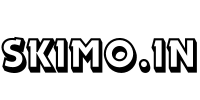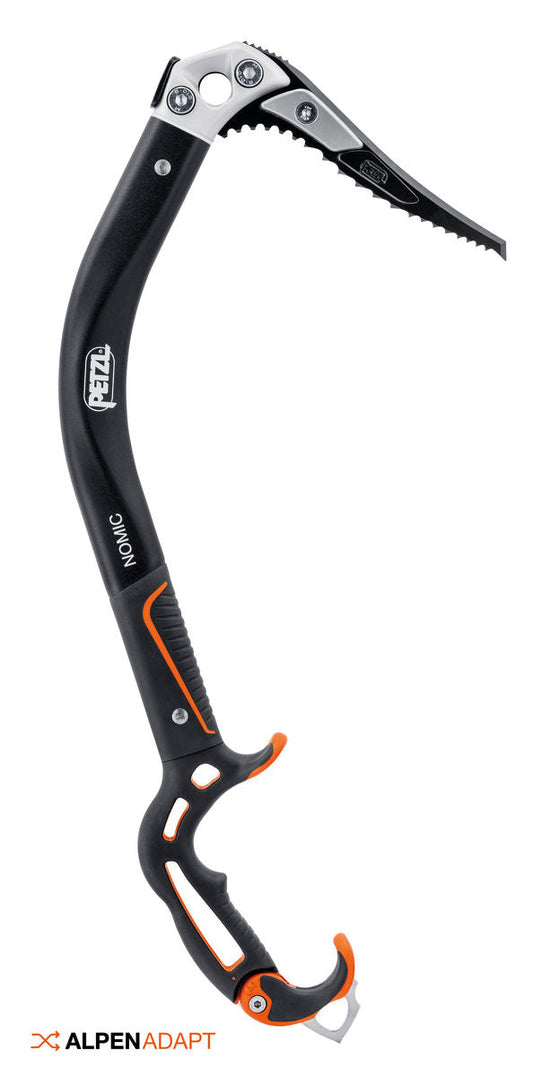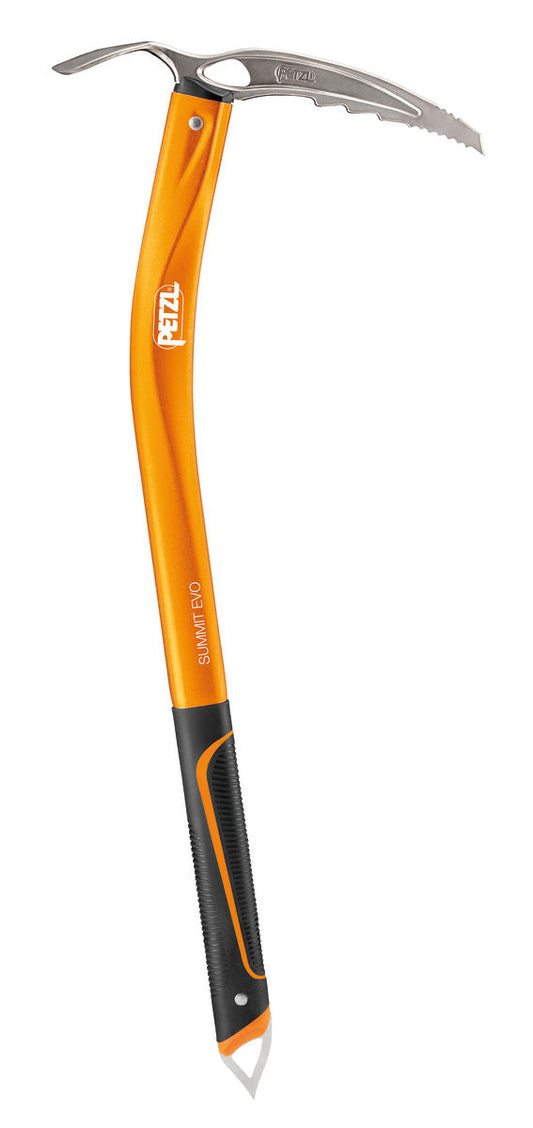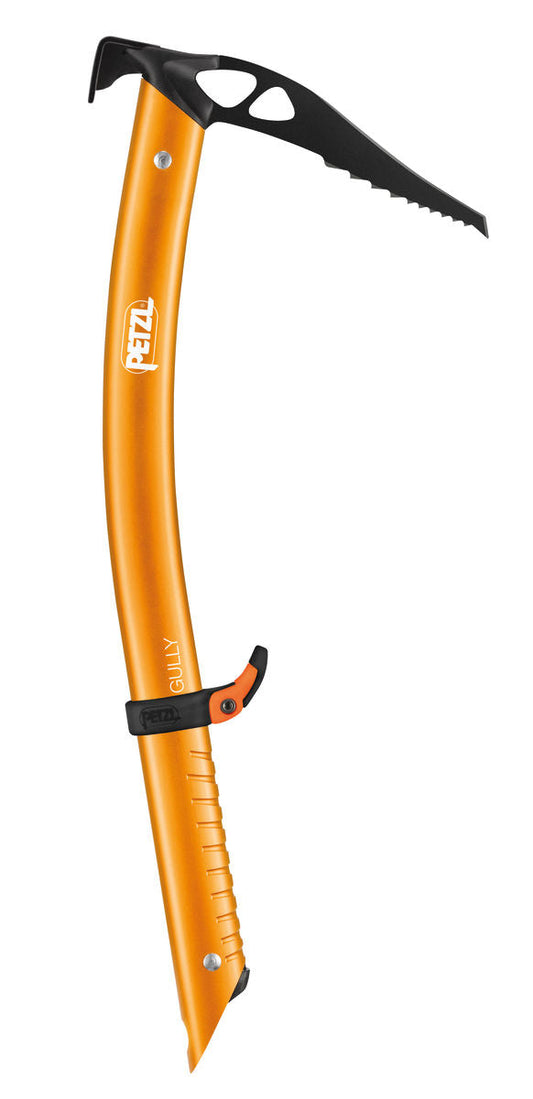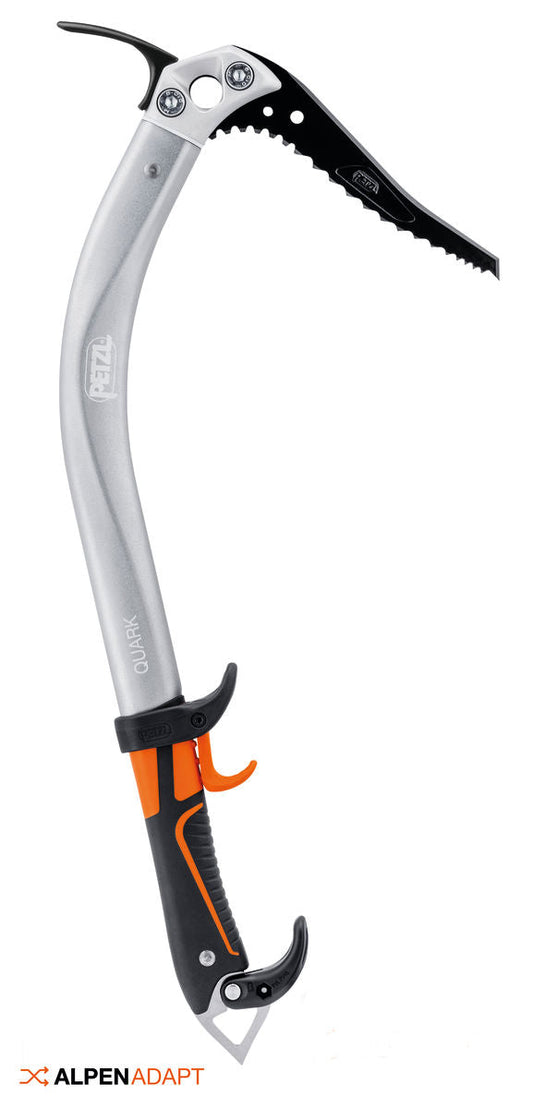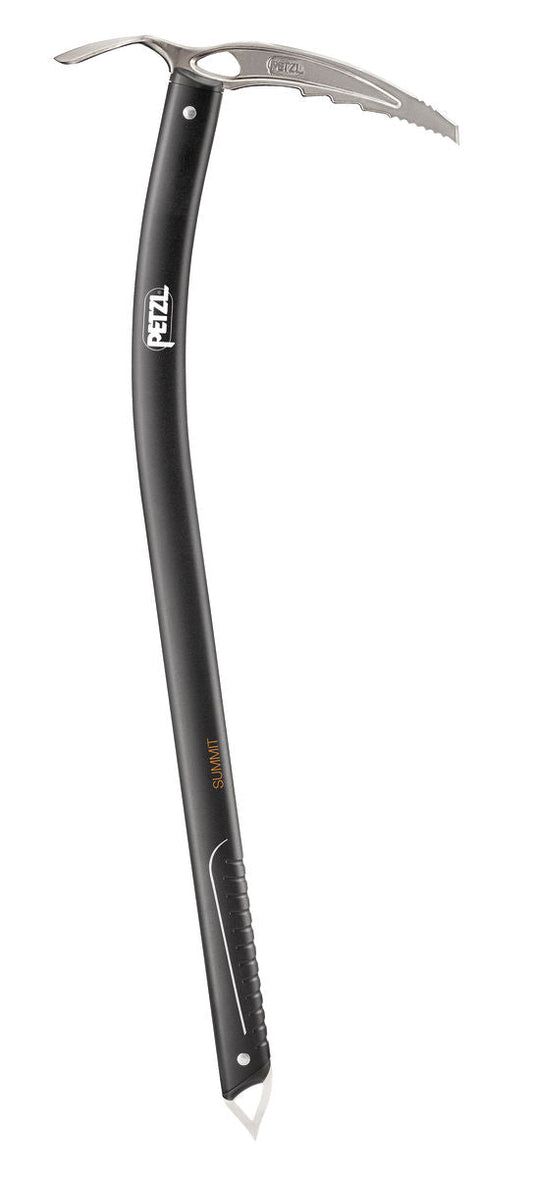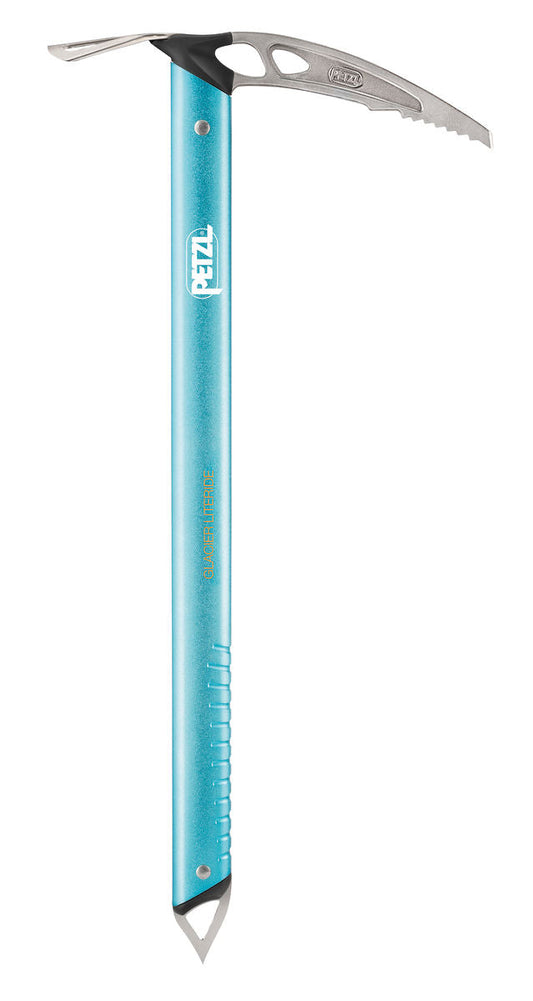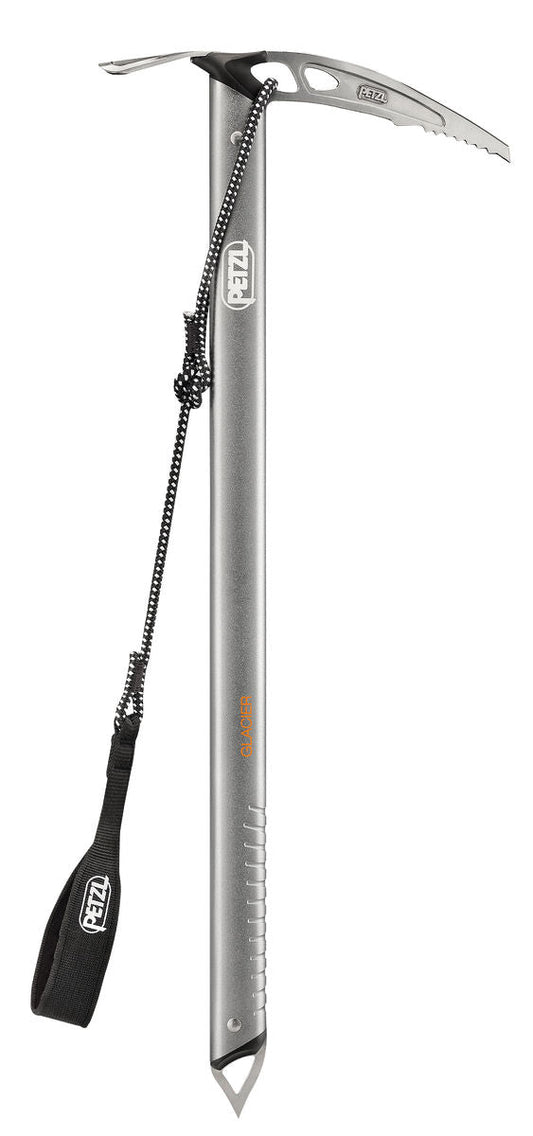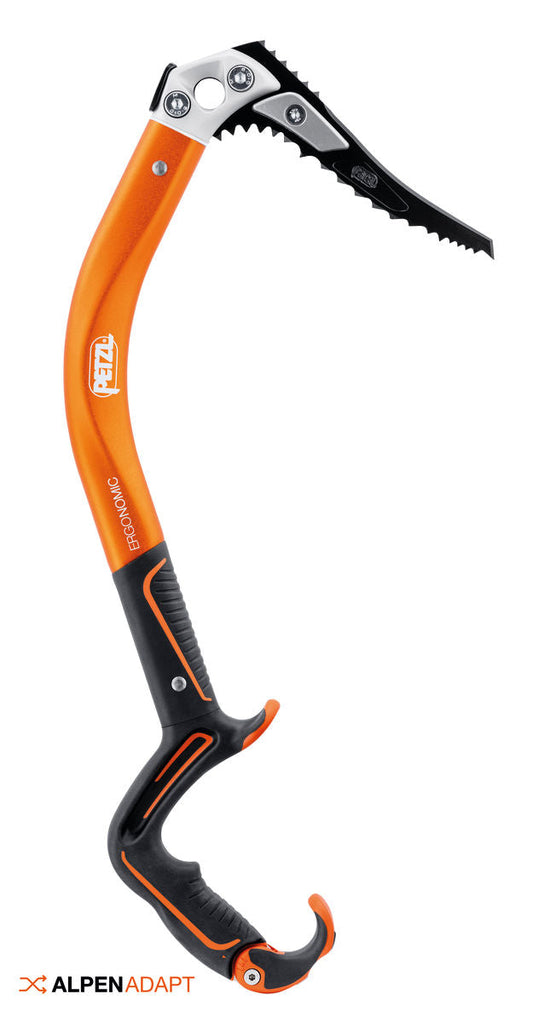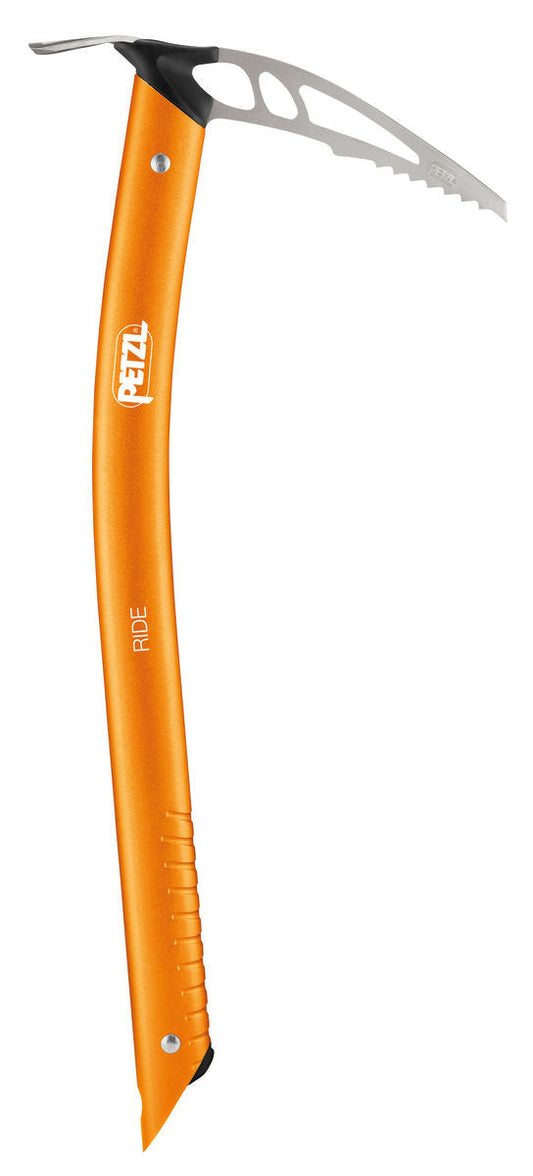Ice axes for technical climbing, glacier travel or skimountaineering
Of all the tools a mountaineer carries, the ice axe is perhaps the most iconic. It's also central to Skimo.in's mission: to provide high-quality gear for all mountaineering needs.
When choosing your first ice axe for high-altitude adventures in Himalayas, it's crucial to consider the type of activity you'll be engaging in.
Whether it's classic mountaineering, scrambling, or hiking, getting the right length and understanding the key features of your ice axe is essential.
Collection: Ice Axes
-
Petzl NOMIC
Regular price Rs. 26,200.00Regular priceUnit price / perRs. 24,900.00Sale price Rs. 26,200.00 -
Petzl SUMMIT EVO
Regular price Rs. 14,900.00Regular priceUnit price / per -
Petzl GULLY
Regular price Rs. 11,000.00Regular priceUnit price / per -
Petzl Quark Ice Axe
Regular price Rs. 23,000.00Regular priceUnit price / perRs. 21,900.00Sale price Rs. 23,000.00 -
Petzl SUMMIT
Regular price Rs. 12,000.00Regular priceUnit price / per -
Petzl GLACIER LITERIDE
Regular price Rs. 7,900.00Regular priceUnit price / per -
Petzl GLACIER
Regular price Rs. 8,300.00Regular priceUnit price / per -
Petzl ERGONOMIC
Regular price Rs. 26,200.00Regular priceUnit price / per -
Petzl RIDE
Regular price Rs. 8,800.00Regular priceUnit price / per -
 Sold out
Sold outRAVEN ICE AXE - 55cm
Regular price Rs. 12,000.00Regular priceUnit price / per
FAQs on how to choose an Ice Axe
Do I need an ice axe?
An ice axe is essential for various activities such as ski mountaineering, steep snow routes, glacier climbs, and alpine rock climbing. It helps in maintaining stability and self-arrest in case of falls
How do I choose the right length for an ice axe?
The appropriate length of an ice axe is typically determined by your height and the type of terrain. Generally, a shorter ice axe is preferable as it increases balance and stability in steeper terrain. Here are some guidelines:
- Under 5'6": 45-50cm
- 5'6" to 5'8": 50-55cm
- 5'9" to 6'0": 50-60cm
- 6'1" to 6'4": 50-65cm
- Over 6'4": 60-70cm
What are the different pick shapes and their uses?
Positive Curve (Classic Curve): Ideal for a balance of steep snow performance and self-arresting.
Neutral Curve: Best for self-arresting but less secure in ice.
Reverse Curve: Best for climbing ice and steeper snow but less smooth for self-arresting.
What do CEN-B and CEN-T ratings mean?
CEN-B (Basic): Suitable for general mountaineering and lighter duties.
For example : Petzl Glacier
CEN-T (Technical): Stronger and suitable for harder alpine routes.
For example : Petzl Nomic
What materials are used in ice axe construction?
Steel: Most durable, best for all-around use including technical routes.
Aluminum: Lightest, best for ski mountaineering and early season backpacking.
Titanium: Lighter than steel but stronger than aluminum, more expensive.
Why is a curved shaft beneficial in an ice axe?
A curved shaft offers better clearance when swinging the axe into ice and increases stopping power during self-arrest. It is generally preferred for its improved performance in steep snow and ice.
What are modular ice axes?
- Modular ice axes have interchangeable picks, adding versatility for different climbing requirements. They are beneficial for technical routes, skimountaineering or water ice climbing but may be overkill for simpler objectives.
Check out
Petzl Quark
Petzl Nomic
Should I choose an adze or a hammer?
Adze: Preferred for early season glacier climbs and steep snow routes as it is better for digging T-trenches and other anchors.
Hammer: Useful for late-season climbs, placing vertical pickets, and driving pitons.
Do I need a spike on my ice axe?
A spike is helpful for maintaining a third point of contact on firm surfaces and aids in penetrating snow when using the axe as an anchor. It is more essential for glacier routes than for softer snow activities.
Which axe should I buy from advanced trekking routes like Auden's Col, Traill's Pass, Kalindi Khal Trek, etc
We recommend the Petzl Glacier or the Petzl Summit series
What is a good ice axe for ice climbing in Spiti or Ladakh?
The Petzl Quark and Petzl Nomic are both excellent choices.
